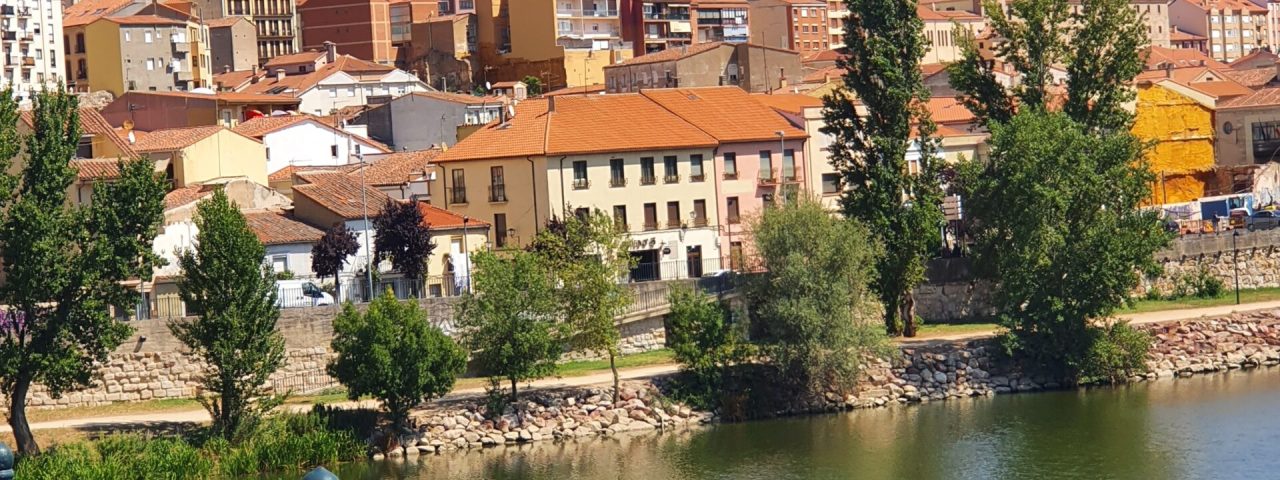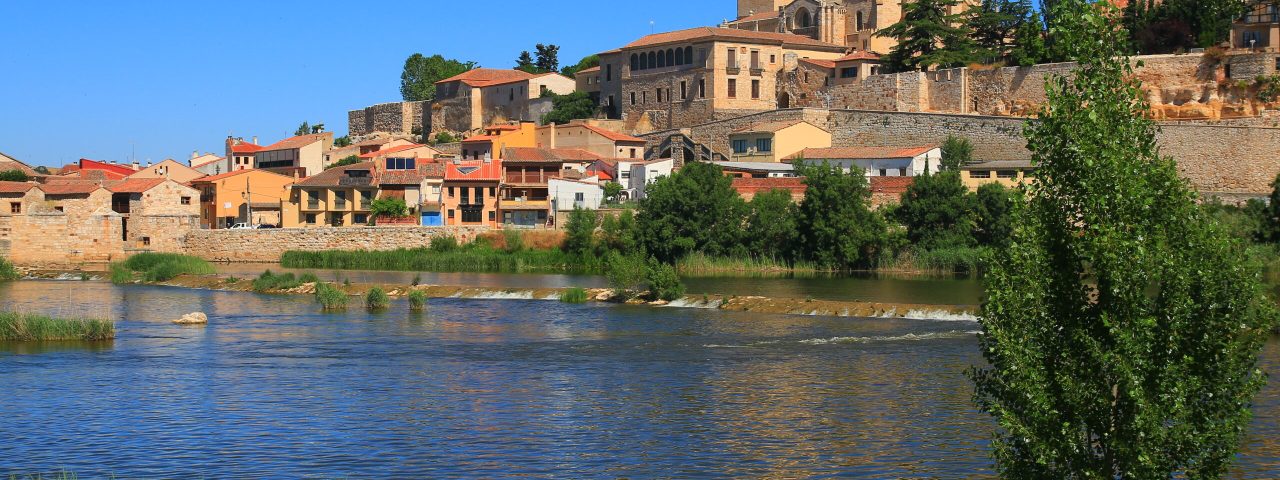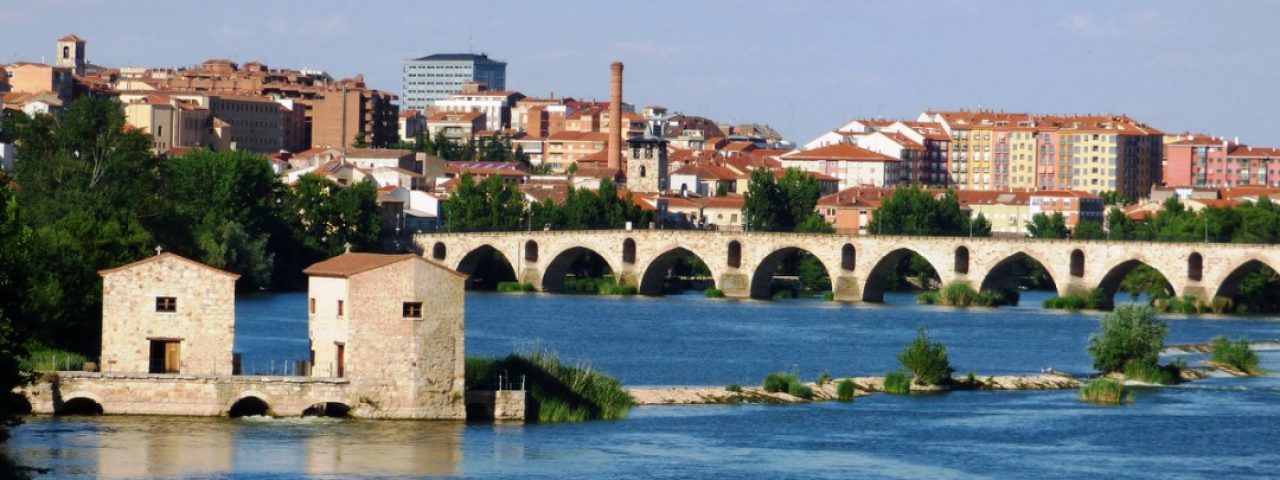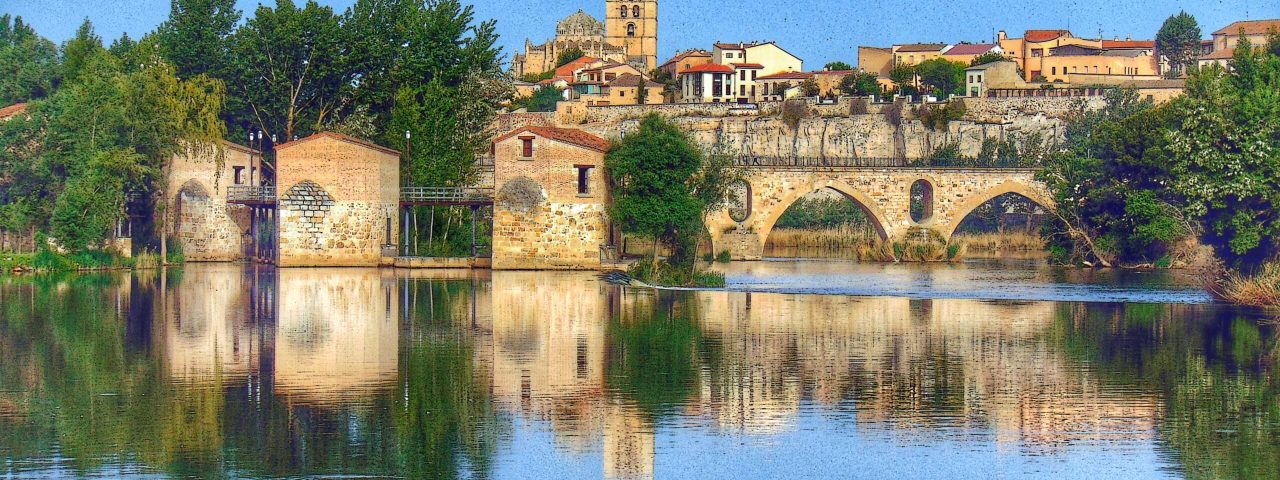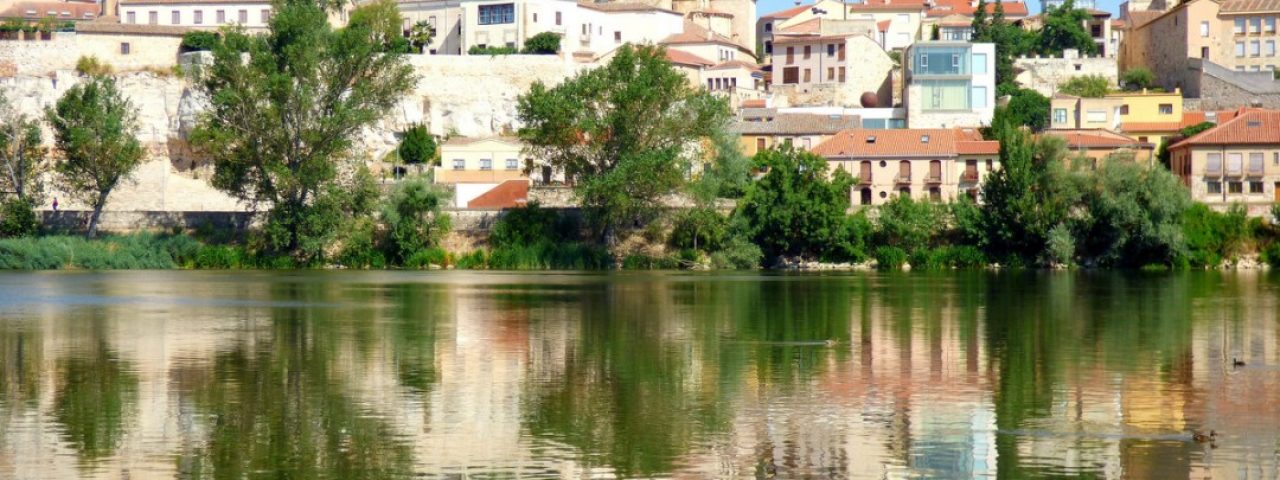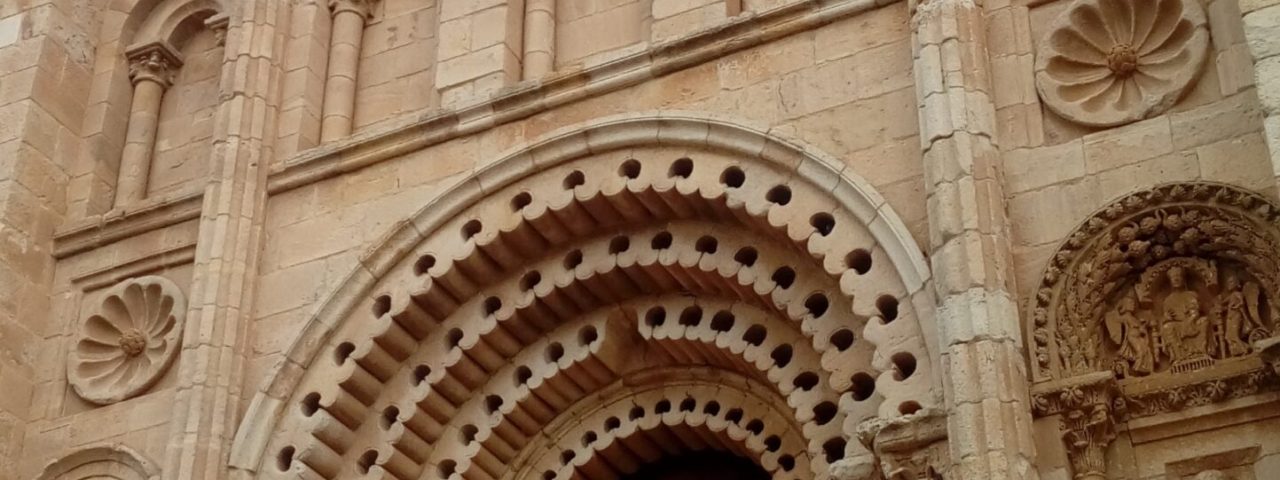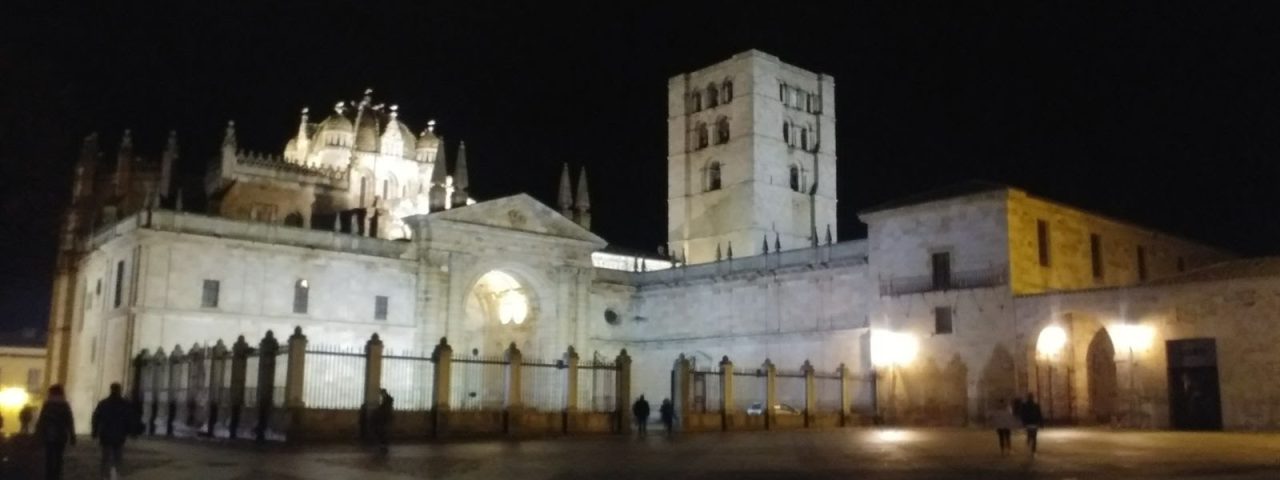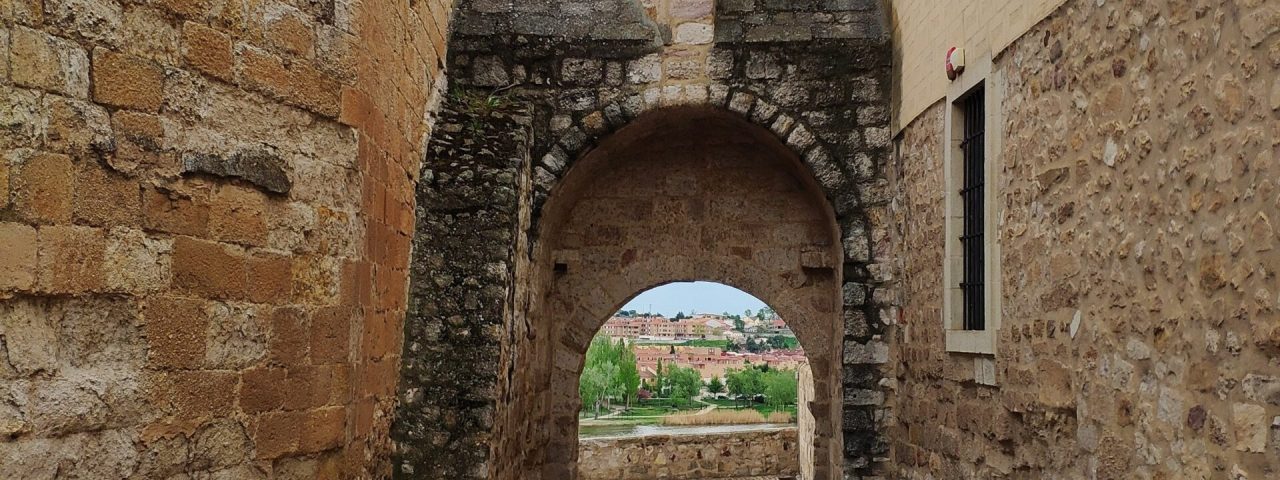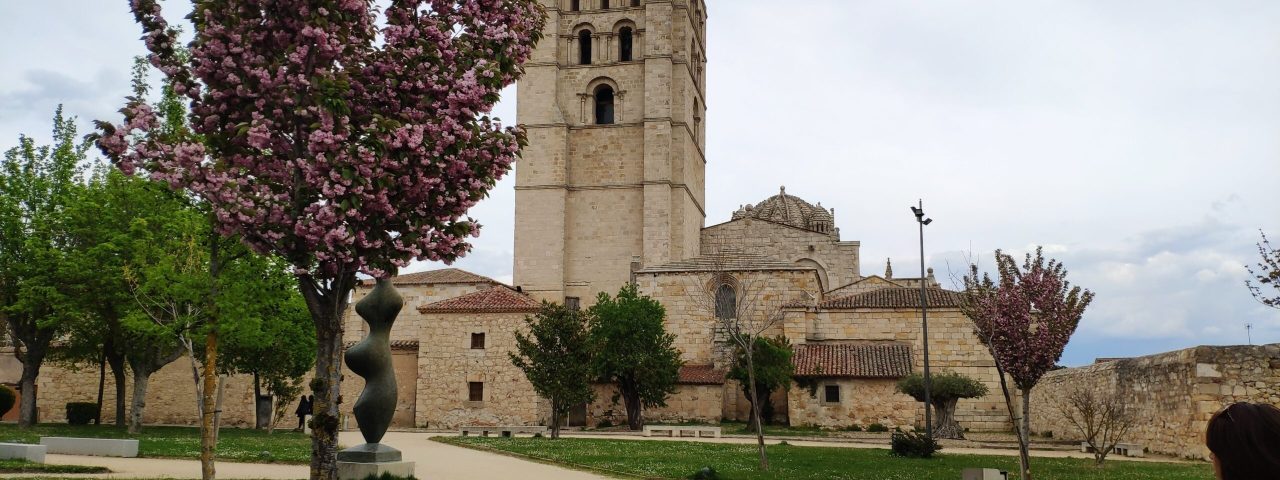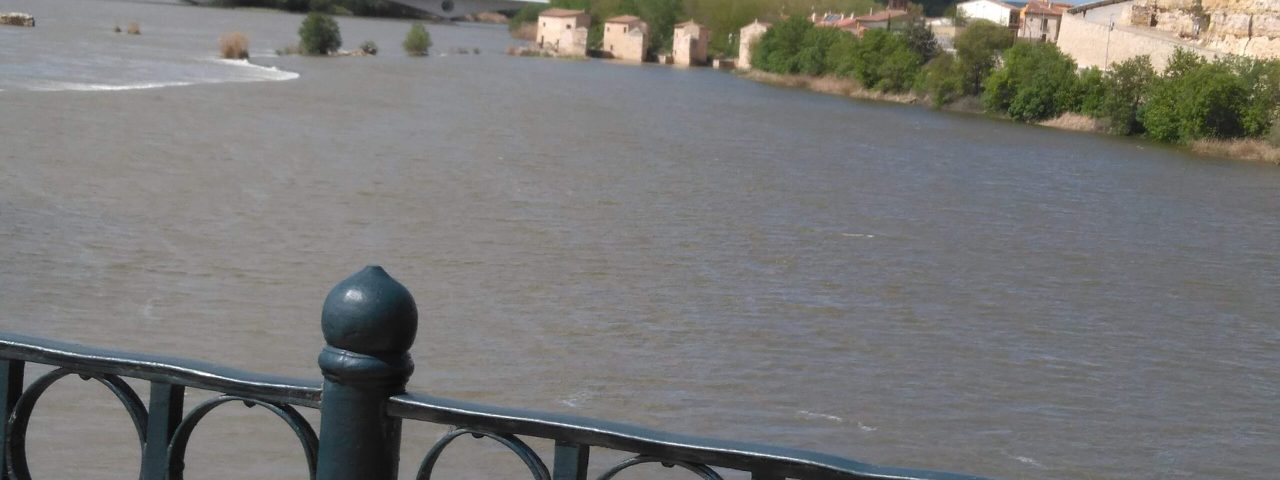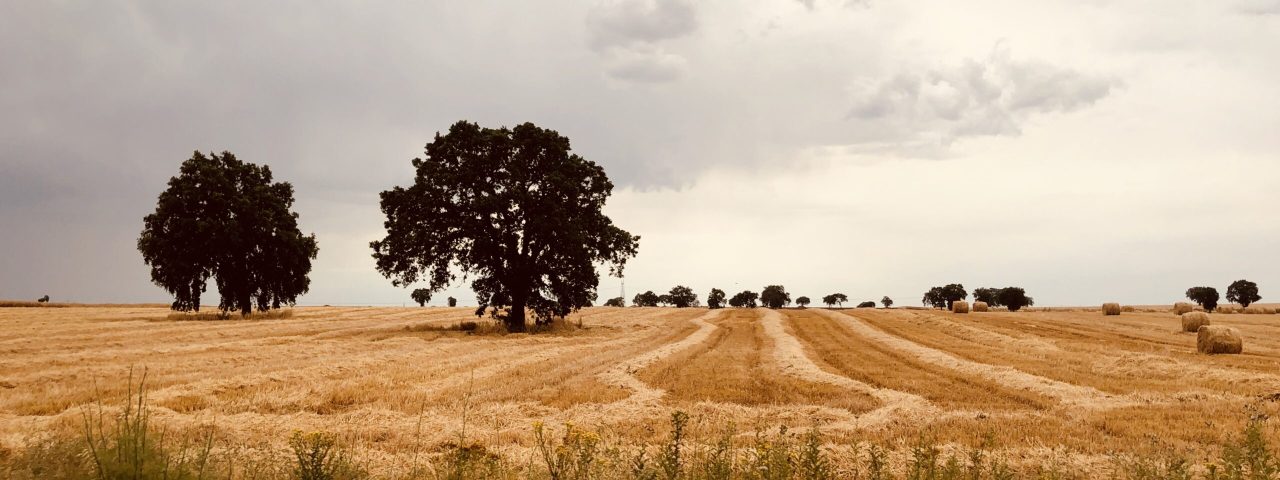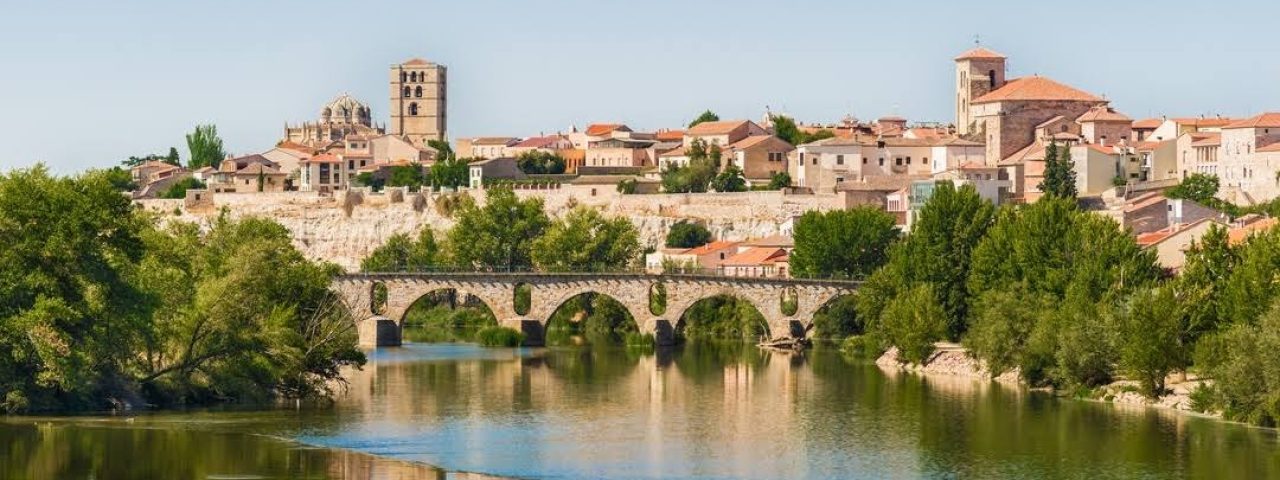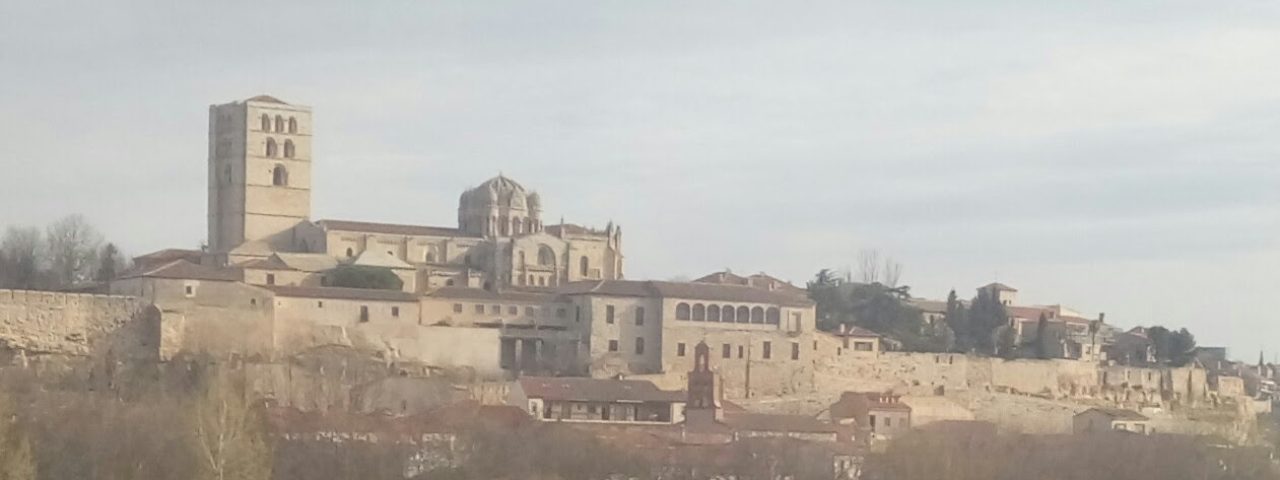Zamora has a deep and fascinating history that spans over two millennia. Originally settled by the Celts and later Romanized, the city became an important frontier outpost during the Roman Empire. Its location along the Duero River made it a key site for both trade and defense throughout its history. During the medieval period, Zamora became a stronghold in the Christian Reconquista, and it saw significant development as both a military and religious center. The city’s numerous Romanesque churches and imposing castle stand as a testament to this period.
The city’s culture is deeply intertwined with religious traditions, most notably during Holy Week, or Semana Santa, when elaborate processions fill the streets, drawing visitors from all over Spain. This UNESCO-recognized event is one of the most important in the region, with stunning religious floats, haunting music, and fervent participation by locals. Another important cultural aspect is the festival of San Pedro, celebrated in late June, which includes parades, bullfights, and traditional Castilian dances.
Zamora’s cultural fabric is also shaped by its historical landmarks, such as its imposing city walls, medieval bridges, and the majestic Zamora Cathedral. These elements reflect a blend of Roman, Moorish, and Christian influences that have shaped the city over centuries.
